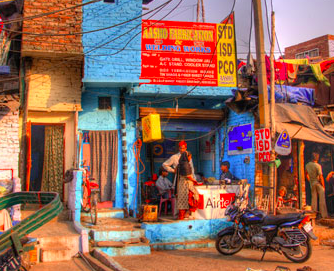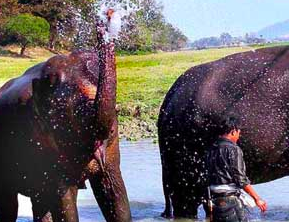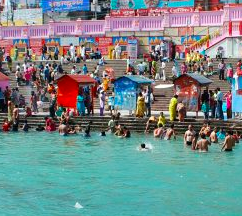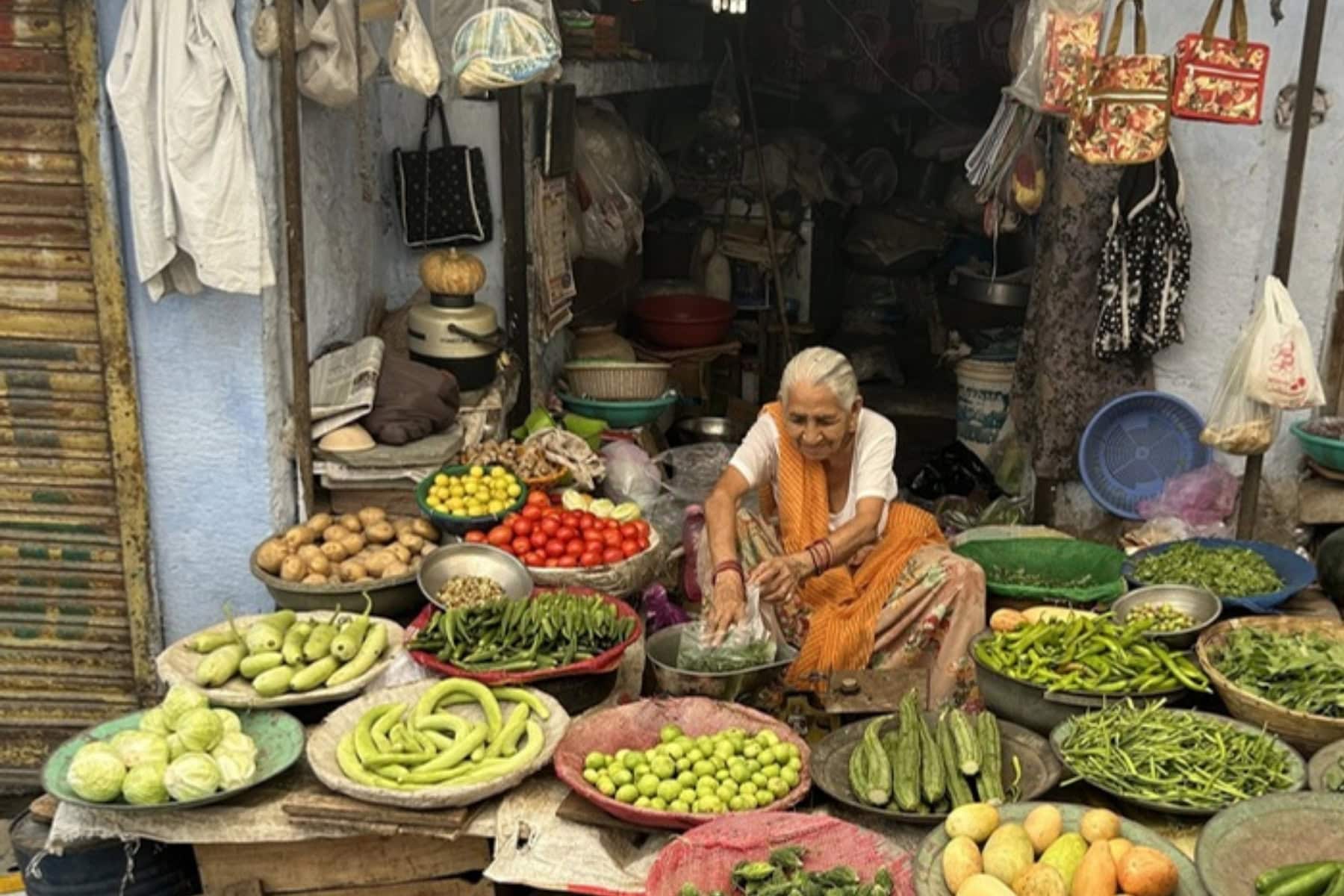India Travel Guide
Intro to India
With its historic charm, cultural diversity, natural splendors and magnificent spiritual tradition, India is a curious place to visit for trekking and exploration. From the frozen Himalayas to the warm waters of the Indian Ocean, the varied landscape filled with past treasures, hill stations, and spiritual abodes and legends speak volumes of antiquity. Gleaming big cities like Mumbai and New Delhi, exhibiting modern extravagance, dwell beside picturesque and old-fashioned villages, and mark a distinction few countries around the world can offer.
No trip to India is complete without a visit to three northern Indian cities: Delhi, Agra and Jaipur. Also known as the “golden triangle,” these Indian cities are a good starting point for first-time visitors as they offer an easy route to India’s most treasured landmark, the Taj Mahal. Located off the banks of the Yamuna river in the Indian city of Agra, the Taj Mahal‘s white gleaming marble continues to be the biggest draw for visitors around the world.
Travel to the lush landscape of Kerala in Rajasthan and its vast expanse of land, which boasts immense diversity in geography and climate, making it the home of incredible natural wonders sheltering exotic flora and fauna. In Goa, the golden beaches offer pure delight for nature lovers and are a popular spot for locals and tourists alike. And don’t forget to stop off for a visit to Kerala where relaxation lives thanks to its many spas and delectable cuisines.
History lovers will be allured by Varanasi, considered one of the oldest cities in the world. Travelers will marvel at the expansive golden beaches in Goa, scenic hill stations, perennial river streams and the grandeur of tropical scenery.
Traveling to India brings you face to face with one of the oldest civilizations and untouched nature. Explore India’s Gir National Park wildlife refuge featuring lions, leopards, crocodiles and gazelles. One pro travel tip: the camel safari in Jaisalmer is an experience not to be missed.
India has been the convergence point for people of all races, faith and hues, contributing to its culture, which is a colorful open canvas depicting the thousands of years of assimilation the land has witnessed. The country boasts cities that continue to be inhabited since the beginning of human civilization. Elaborate Buddhist and Hindu rituals are still widely practiced and continue to attract a sea of visitors from around the world.
Ancient and medieval structures profess the history of the human race, acquainting visitors with the rich past. Beautiful backwaters surrounded by lush-green landscape and extensive meadows give a pleasant feel away from bustling city life.
Plan Your Trip
Where is India?
India is the largest country in South Asia. The country extends southward of the Himalayas and the Hindukush mountains to the Indian Ocean. Arabian Sea and Bay of Bengal mark its western and eastern periphery. The Himalayan mountain range separates India from China to its north and northeast.
Getting Around India
India has an extensive network of railways connecting all major places of tourist importance. Road transport is well developed, with buses and small vehicles providing last-mile connections. Metro trains such as the Delhi Metro and Bangalore Metro are a popular mode of transport in major cities, which also have a good number of local trains and buses. Uber and its domestic competitor Ola provide app-based taxi services. Hired taxis, three-wheeled auto-rickshaws and electric rickshaws are common in all parts of the country.
Language
India is a vast and diverse country and the country’s language astutely reflects it. At least 23 major regional languages are spoken. However, despite regional affiliations, the majority of people speak and understand Hindi. English is the second official language in the country and its history is traced to India’s 300 years of colonial association with the United Kingdom.
Currency
The Indian rupee is the official currency. Its low rate compared to the U.S. dollar, British pound and euro enable more purchasing power to foreign tourists. Cards and traveler checks are accepted in hotels and restaurants. However, cash is the main lifeblood of the economy in most areas. ATMs and banks are easily available throughout the country and major luxury hotels are more than happy to accept credit cards.
When is the Best Time to Visit India?
October to March is the best time to plan a trip to India. The climate remains mostly dry and cool during this period, making it comfortable to travel in the country. Because of the diverse topography, different parts of the country experience distinct climatic conditions. During the monsoon season, the winds that bring rain engulf the entire country from July to September making it difficult to travel in the hinterlands. India is also known for its hot summer that lasts from May to June. However, this is the perfect time to travel to the Himalayan region in the north and northeast. If you can make it by mid-March the whole country celebrates Holi or the festival of colors in celebration of the triumph over evil. Expect to be covered in powdered color head-to-toe.
What to Pack When Visiting India?
India is a crowded place and you may need to walk often. A backpack and comfortable sturdy walking shoes are a must. Carry a pair of flip flops and swimsuits for the beach. A roller carryon or spinner suitcase are desirable. Never forget to have a hair conditioner, sunscreen and suitcase locks. Add a pair of sunglasses and skincare essentials to protect yourself against the tropical sun.
Top Destinations to Visit in India
Latest Stories on India Travel
The Women Who Carry India: What I Learned on the Streets of Jaipur
Andretta: India’s Hidden Art Village Where Time Stands Still in the Shadow of the Himalayas
Mystic Cave Temples of Mumbai: A 2,000-Year Time Bubble Hidden in India’s Urban Jungle
2,000 Kilometers Through Rajasthan: One Family’s Unique Journey
Exploring the Backwater Wonderlands of Kerala, India
Beautiful Elephanta Caves and A Day of Sightseeing in Mumbai, India
5 Meditation Retreats in India for Inner Transformation
Discovering Paradise: An Adventurer’s Guide to the Andaman Islands
Varanasi: A Journey to the Spiritual Heart of India















